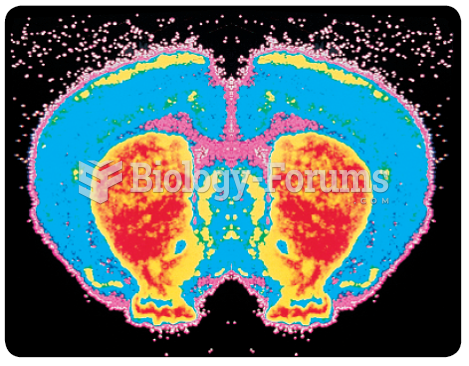Answer to Question 1
Answer: A
Explanation: A) Correct. Both statements are true. Teams produce dramatic results ONLY if they have reached the performing stage of development. Also, during the performing stage, the team shifts its focus from performing adequately to performing at an extraordinary level.
B) Incorrect. In addition to elevating the team's performance, high-performing teams emphasize large and dramatic improvements. Teams produce dramatic results ONLY if they have reached the performing stage of development. Also, during the performing stage, the team shifts its focus from performing adequately to performing at an extraordinary level.
C) Incorrect. In addition to emphasizing large and dramatic improvements, high-performing teams emphasize elevating the team's performance. Teams produce dramatic results ONLY if they have reached the performing stage of development. Also, during the performing stage, the team shifts its focus from performing adequately to performing at an extraordinary level.
Answer to Question 2
Answer: D
Explanation: A) Incorrect. During forming, the team is faced with the need to become acquainted with its members, its purpose, and its boundaries. Relationships must be formed and trust established. Innovation does not occur until the performing stage of team building.
B) Incorrect. During norming, the team is faced with creating cohesion and unity, differentiating roles, identifying expectations for members, and enhancing commitment. Innovation does not occur until the performing stage of team building.
C) Incorrect. During storming, the team is faced with disagreements, counterdependence, and the need to manage conflict. Innovation does not occur until the performing stage of team building.
D) Correct. During performing, the team is faced with the need for continuous improvement, innovation, speed, and capitalizing on core competencies.







